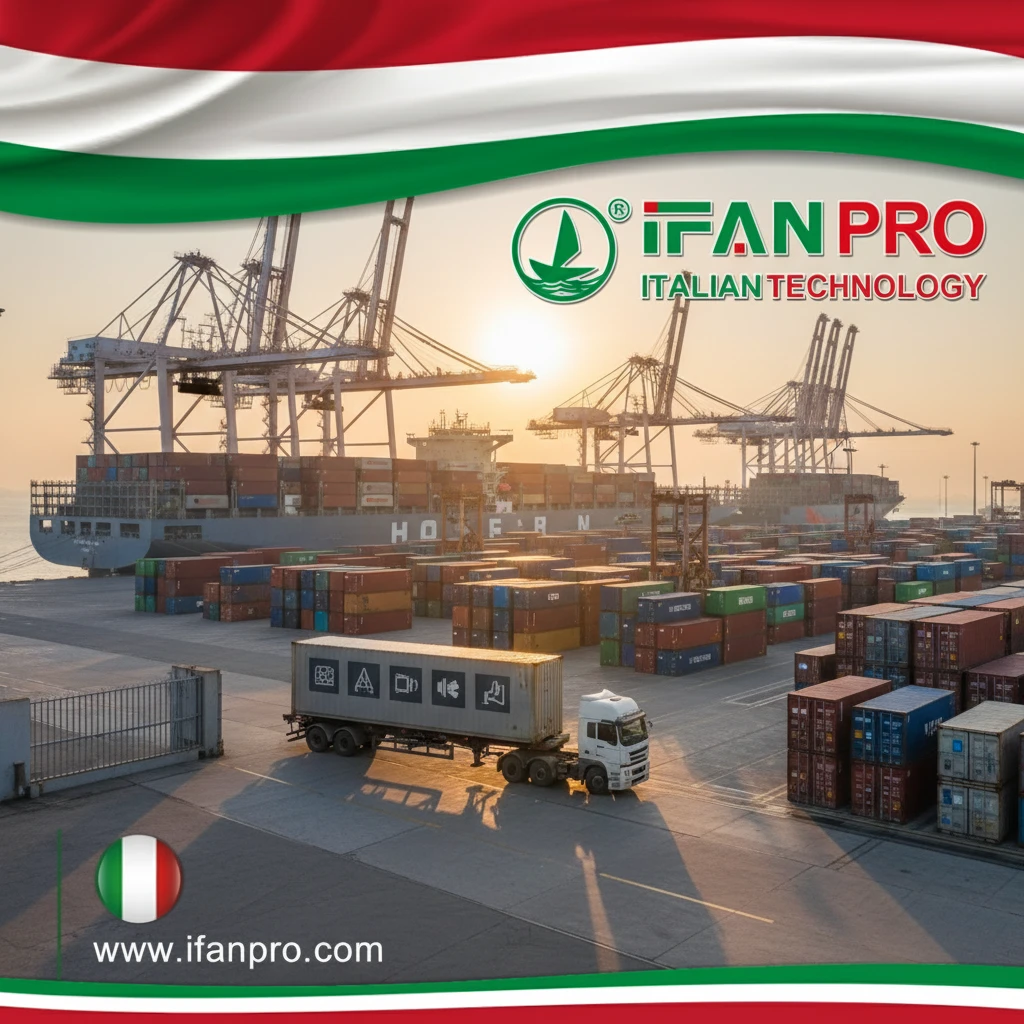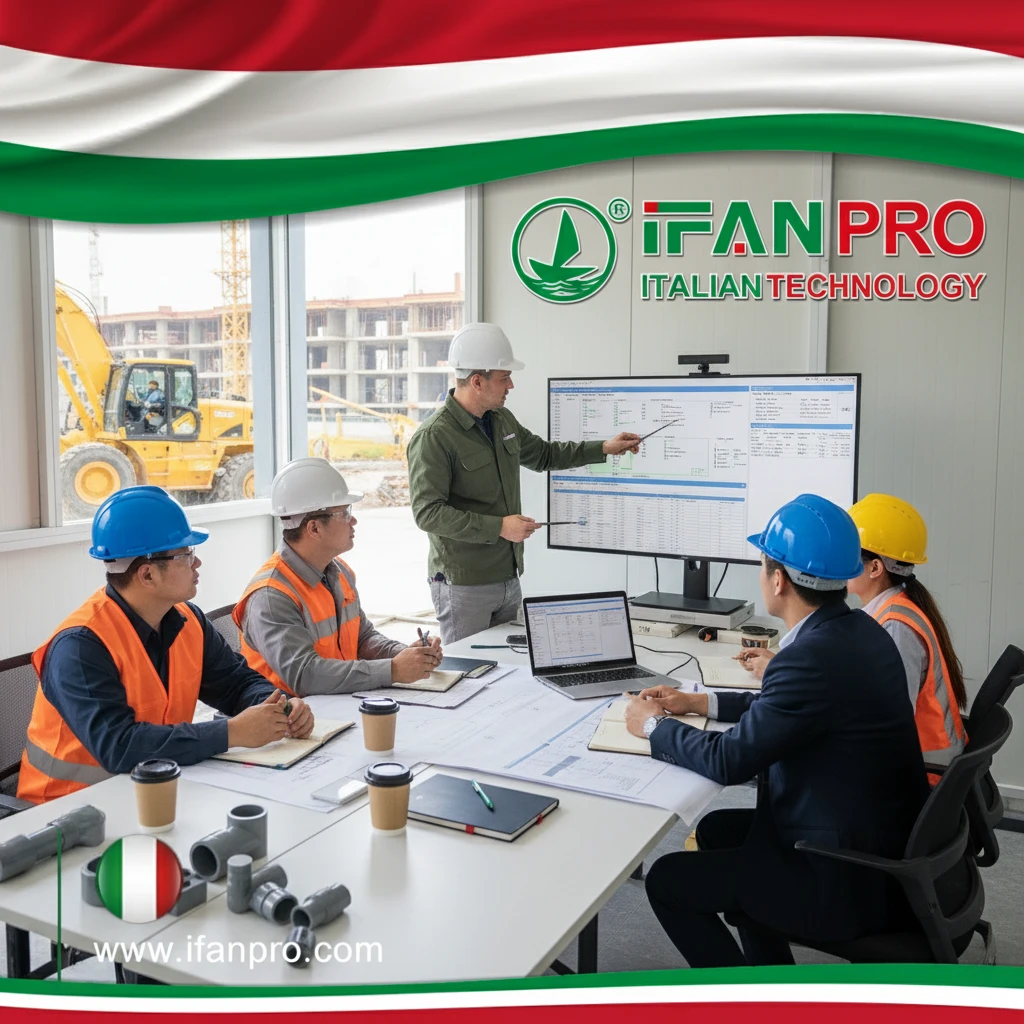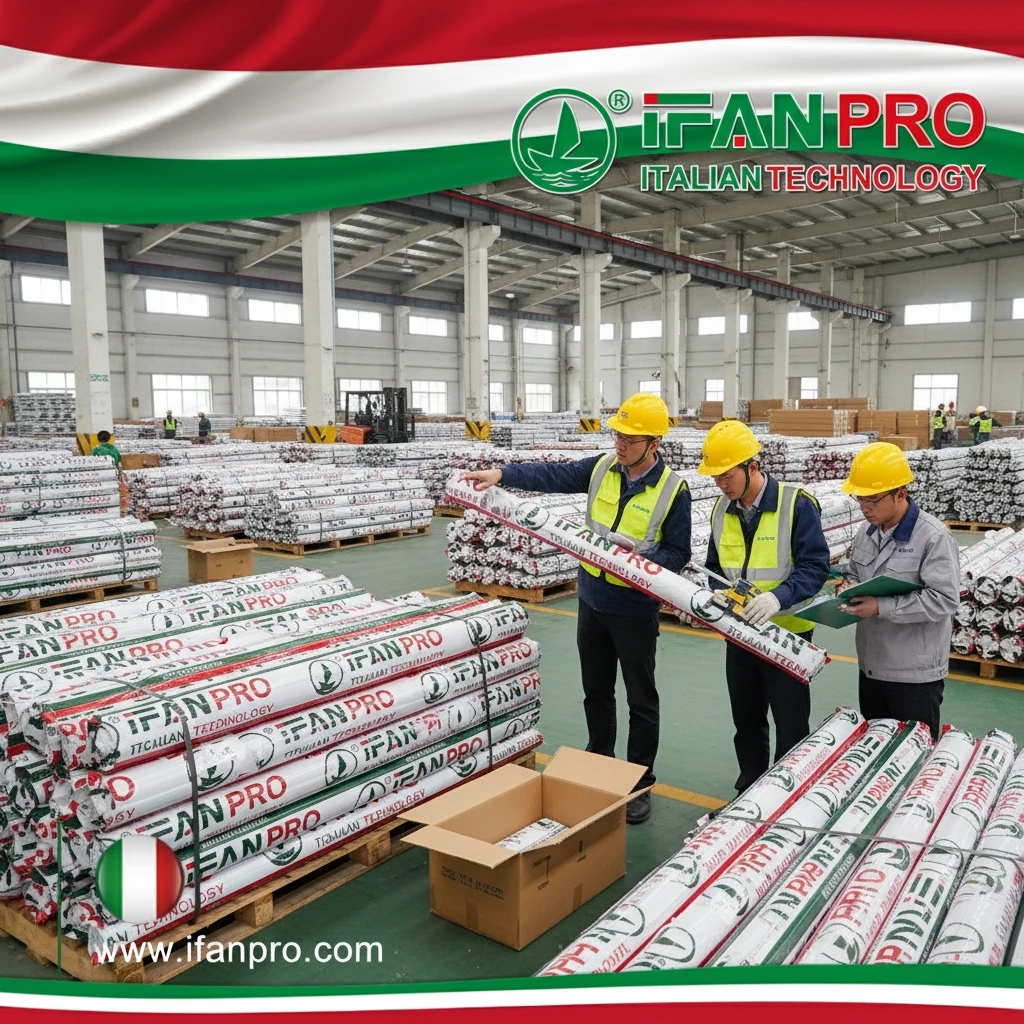While visiting a PVC manufacturing facility in Germany, I witnessed firsthand the significant environmental investments modern producers are making. The facility recycled 99% of its process water and utilized solar panels to power 30% of its operations, demonstrating the industry’s ongoing environmental progress.
PVC pipes present a complex environmental profile with both advantages and challenges. While their production involves energy-intensive processes and chlorine-based chemistry, their exceptional durability, corrosion resistance, and recent recycling advancements create offsetting benefits that vary significantly based on manufacturing practices and product applications.
Understanding PVC’s complete environmental lifecycle helps professionals make informed material selections. Moreover, recognizing the industry’s evolving sustainability initiatives provides context for current environmental performance. Now, let’s examine the key environmental considerations across PVC’s lifecycle.
How Does PVC Production Impact Energy Consumption and Emissions?

Our analysis of carbon footprint data from multiple pipe manufacturers revealed that production efficiency varies by up to 40% between facilities, highlighting how manufacturing practices significantly influence environmental performance.
PVC production consumes approximately 50-60 MJ/kg of energy, primarily from natural gas and electricity, with modern facilities implementing energy recovery systems that capture and reuse 20-30% of process heat. Additionally, emissions have decreased 25% over the past decade through improved manufacturing technologies and cleaner energy sources.
Manufacturing Process Analysis
The environmental impact begins with raw material production. First, ethylene from natural gas or naphtha combines with chlorine from salt electrolysis to form ethylene dichloride (EDC). This process is energy-intensive but benefits from chlorine’s abundant availability as a co-product of caustic soda production. Subsequently, EDC conversion to vinyl chloride monomer (VCM) and polymerization into PVC resin completes the basic production chain.
Modern manufacturing has implemented significant environmental improvements. Many facilities now employ membrane cell technology for chlorine production, which reduces mercury pollution risks associated with older methods. Furthermore, many manufacturers have implemented closed-loop systems that minimize water consumption and chemical releases. The most advanced facilities achieve near-zero process water discharge through comprehensive recycling systems.
Energy and Emission Reduction Progress
The industry has made measurable environmental progress in recent years. According to industry data, energy consumption per unit of PVC produced has decreased by approximately 15% since 2010. Additionally, many manufacturers have reduced greenhouse gas emissions by implementing energy recovery systems and transitioning to cleaner energy sources. Some leading European facilities now incorporate renewable energy for 20-40% of their power requirements.
What Are the Recycling Challenges Associated with PVC Pipe Materials?
I consulted on a municipal recycling program that initially excluded PVC pipes due to technical challenges. Through collaboration with manufacturers, we developed a successful collection and reprocessing system that now handles 200 tons annually.
PVC pipe recycling faces significant challenges including material contamination, additive separation difficulties, and economic barriers. However, mechanical recycling processes can successfully reprocess clean PVC waste into new pipes, while emerging chemical recycling technologies show promise for handling contaminated materials.
Technical Recycling Barriers
Several factors complicate PVC pipe recycling. First, contamination from soil, adhesives, or other materials can compromise the quality of recycled PVC. Additionally, the various additives in different PVC formulations—such as stabilizers, plasticizers, and colorants—create compatibility issues when mixed during recycling. The thermal sensitivity of PVC also presents challenges, as it begins degrading at temperatures only slightly above its processing range.
The economic considerations significantly impact recycling viability. Collection and transportation costs for low-density pipe materials often outweigh the value of the recycled resin. Furthermore, sorting mixed plastic waste streams requires sophisticated equipment and manual labor, adding to processing costs. The resulting recycled PVC typically commands lower prices than virgin material, creating economic disincentives for comprehensive recycling programs.
Recycling Solutions and Advancements
Despite these challenges, viable recycling pathways exist. Mechanical recycling works effectively for clean, sorted PVC pipe waste, with the material being ground, reprocessed, and typically used in non-pressure applications or as a core layer in co-extruded pipes. The VinylPlus program in Europe has successfully recycled over 6 million tons of PVC since 2000, including significant pipe volumes.
Emerging technologies offer promising solutions. Chemical recycling can break PVC back down to its basic components, potentially handling contaminated materials more effectively. Advanced sorting technologies using infrared spectroscopy and artificial intelligence are improving separation efficiency. Moreover, industry initiatives like the PVC Recycling in Denmark program have achieved 65% recycling rates for PVC pipes through coordinated collection systems.
How Does PVC Environmental Impact Compare with PEX and Metal Pipes?
Our lifecycle assessment of a municipal water system compared PVC, PEX, and copper pipes over a 50-year service life. The results revealed surprising environmental trade-offs that challenged conventional assumptions about material sustainability.
PVC generally demonstrates lower embodied energy than metal alternatives but higher than PEX in production, while offering installation and durability advantages. Copper pipes require 3-4 times more energy to produce, while PEX production involves petrochemical feedstocks but uses less material due to flexibility and fitting advantages.
Comprehensive Lifecycle Comparison
The production phase shows distinct environmental profiles. PVC’s embodied energy ranges from 50-60 MJ/kg, while copper requires 70-100 MJ/kg and PEX approximately 95 MJ/kg. However, PEX’s lower density means fewer kilograms are typically required for equivalent applications. Copper mining creates significant habitat disruption and water quality issues, while PVC and PEX rely on petroleum/natural gas extraction with different environmental concerns.
During the use phase, operational impacts vary significantly. PVC’s corrosion resistance eliminates the metal leaching concerns associated with copper pipes. All three materials demonstrate excellent durability when properly installed, with 50+ year service lives achievable. However, PEX may have slightly higher permeability to certain contaminants, while copper demonstrates natural antimicrobial properties.
End-of-life considerations complete the environmental picture. Copper’s high value drives extensive recycling, with approximately 70% of copper ever mined still in use. PVC recycling rates are improving but remain lower, particularly for pipe applications. PEX faces similar recycling challenges to PVC but lacks established recycling infrastructure in many markets.
Environmental Trade-off Analysis
| Impact Category | PVC Pipes | PEX Pipes | Copper Pipes |
|---|---|---|---|
| Embodied Energy | Moderate | Lower | Higher |
| Recycled Content | 0-20% | 0-10% | 70-85% |
| Recyclability | Improving | Limited | Excellent |
| Chemical Emissions | Chlorine-based | Petrochemical-based | Mining impacts |
| Service Life | 50+ years | 50+ years | 50+ years |
| Installation Impact | Low (lightweight) | Lowest (flexible) | High (energy-intensive) |
Do PVC Pipes Meet International Environmental Certification Standards?
When a green building project required documentation of environmental compliance for all materials, we successfully navigated multiple certification systems for PVC pipes. This process revealed both the strengths and limitations of current environmental certification frameworks.
Reputable PVC pipe manufacturers meet numerous international environmental standards including ISO 14001 for environmental management, NSF/ANSI 61 for health effects, and various environmental product declarations (EPDs). Additionally, industry initiatives like VinylPlus provide third-party verification of sustainability commitments across the PVC value chain.
Key Certification Programs
Several certification systems address different environmental aspects. ISO 14001 certification demonstrates that manufacturers have implemented systematic environmental management practices, though it doesn’t guarantee specific performance levels. Environmental Product Declarations (EPDs) provide standardized lifecycle assessment data, enabling objective comparisons between materials. Notably, the VinylPlus product label certifies that products contain recycled content and meet specific sustainability criteria.
Health and safety certifications ensure product safety. NSF/ANSI 61 certification verifies that pipes don’t leach harmful contaminants into drinking water, addressing common health concerns. REACH compliance in Europe ensures proper chemical management, while various green building rating systems (LEED, BREEAM, Green Star) may award points for PVC pipes with verified environmental attributes.
Certification Limitations and Considerations
While certifications provide valuable verification, professionals should understand their limitations. Most environmental certifications address production impacts but don’t fully account for installation, use phase, and end-of-life impacts. Additionally, certification requirements vary significantly by region, with Europe generally having stricter standards than North America and developing markets.
When evaluating certified products, several factors warrant attention. Specific environmental claims should be verified through third-party documentation rather than manufacturer self-declarations. Furthermore, the certification scope should match the application requirements—a general environmental certification may not address specific concerns like recyclability or chemical emissions. Finally, considering multiple certifications provides a more comprehensive environmental picture than relying on any single standard.
Conclusion
PVC pipes present a nuanced environmental profile with both advantages in durability and energy efficiency and challenges in production impacts and recyclability. While they generally demonstrate better environmental performance than metal alternatives in embodied energy and corrosion resistance, they face legitimate concerns regarding production emissions and end-of-life management. Environmental certifications provide valuable verification, but informed material selection requires considering complete lifecycle impacts, local recycling infrastructure, and specific application requirements to make truly sustainable choices.













Recent Comments